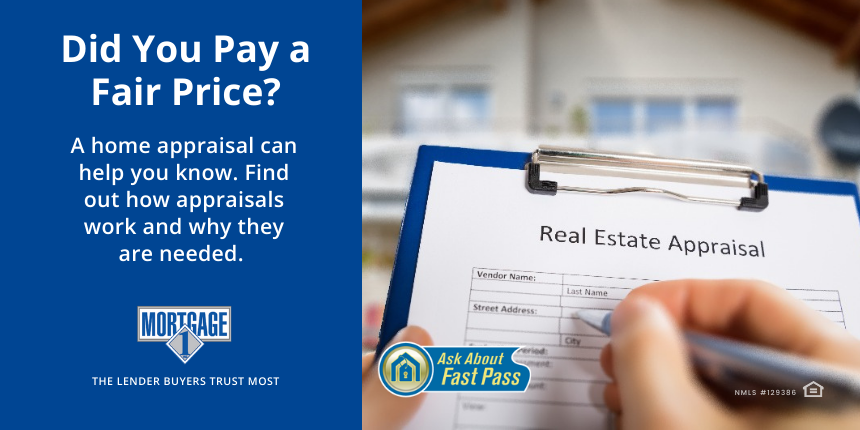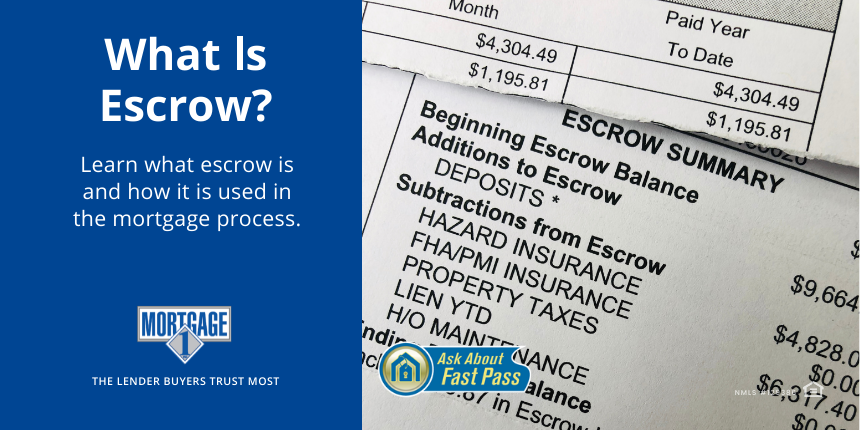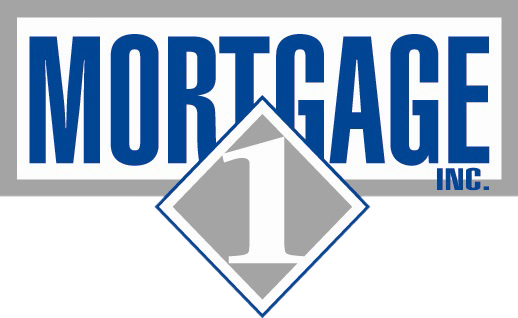
Why Mortgages Require Home Appraisals — And How They Help You
March 29, 2022
What Is Escrow? How Does It Work?
April 14, 2022It’s not just home buyers who shop for mortgages; sometimes home owners do, as well. In this article, we discuss when, why, and how to refinance your current home.
Refinancing may seem like an entirely different subject than a standard home mortgage, but the truth is that they are very similar. If you’ve already navigated getting a loan to buy your home, the refinancing process will be quite familiar. So let’s see what refinancing is all about and why you might choose it.
| Need help refinancing? Mortgage 1’s experienced loan officers have helped thousands of people find the best deal on their refinancing. Call us at 1-866-532-0550 or use our Pro SNAP digital app to get started. |
What Is Refinancing?
Refinancing is simply replacing your current home mortgage with a new mortgage. The new mortgage usually has different terms (i.e. a lower interest rate or a shorter or longer term). Like any loan, you’ll have to demonstrate your ability to repay the amount over time. As with most new home loans, you’ll have to prove that the property you’re mortgaging is at least as valuable as the borrowed amount.
Types of Refinancing
There are several types of refinancing loans available:
- Cash Out. When the value of your home is worth more than the amount of the mortgage principal, that’s equity. Once there is a significant amount of equity in a house, the owners may choose to get a larger loan based on this equity. The difference between the old loan and the new larger loan is paid directly to the home owner. (Note: This is not the same as a home equity loan or second mortgage, which is an additional loan. After taking out an equity loan, the home owner would have two mortgage payments.)
- Rate and Term. This refinancing option lets you keep the original loan amount while negotiating new terms, such as a longer time frame or a lower interest rate. This is usually done to reduce monthly payments.
- Streamline. Certain mortgage types (like USDA, FHA, and VA loans) can be streamlined, e.g. renegotiated for lower monthly payments.
Other refinancing loans include reverse mortgages (which allow senior homeowners to access the value of their home), loans without appraisal and closing cost requirements, and short refinance (which offer struggling homeowners reduced terms).
Why Refinance Your Home?
So why would you bother refinancing your home? Here are some common reasons.
- Meeting a large or unexpected expense. If you want to remodel your home, cover college tuition expenses, or access a large amount of cash in one lump sum, refinancing your home with a cash-out loan will make it possible.
- Financial reasons. If circumstances have changed since you acquired your initial mortgage – maybe your home value has gone up or interest rates have gone down – refinancing can help you get more advantageous terms, eliminate mortgage insurance, convert to or from a fixed-rate mortgage, shorten or lengthen the loan terms, or lower your monthly payments.
- Add or remove someone from the mortgage. This usually requires refinancing the mortgage.
What to Expect: The Refinancing Process
The refinancing process is similar to getting your first home mortgage: you’ll need to apply, provide documentation and proof of your ability to repay the loan over time, get a home appraisal (to ensure the home is worth the amount you’re requesting) and then close on your new loan.
If you’re interested in finding out about your refinancing options, talk with your local Mortgage 1 team. We’ll help you figure out the best deal for your needs, just as we have done for thousands of other home owners.
| Mortgage 1: The Lender Buyers Trust Most Mortgage 1 has helped thousands of families find the home loan that best meets their needs. Find a Mortgage 1 loan officer near you. |




